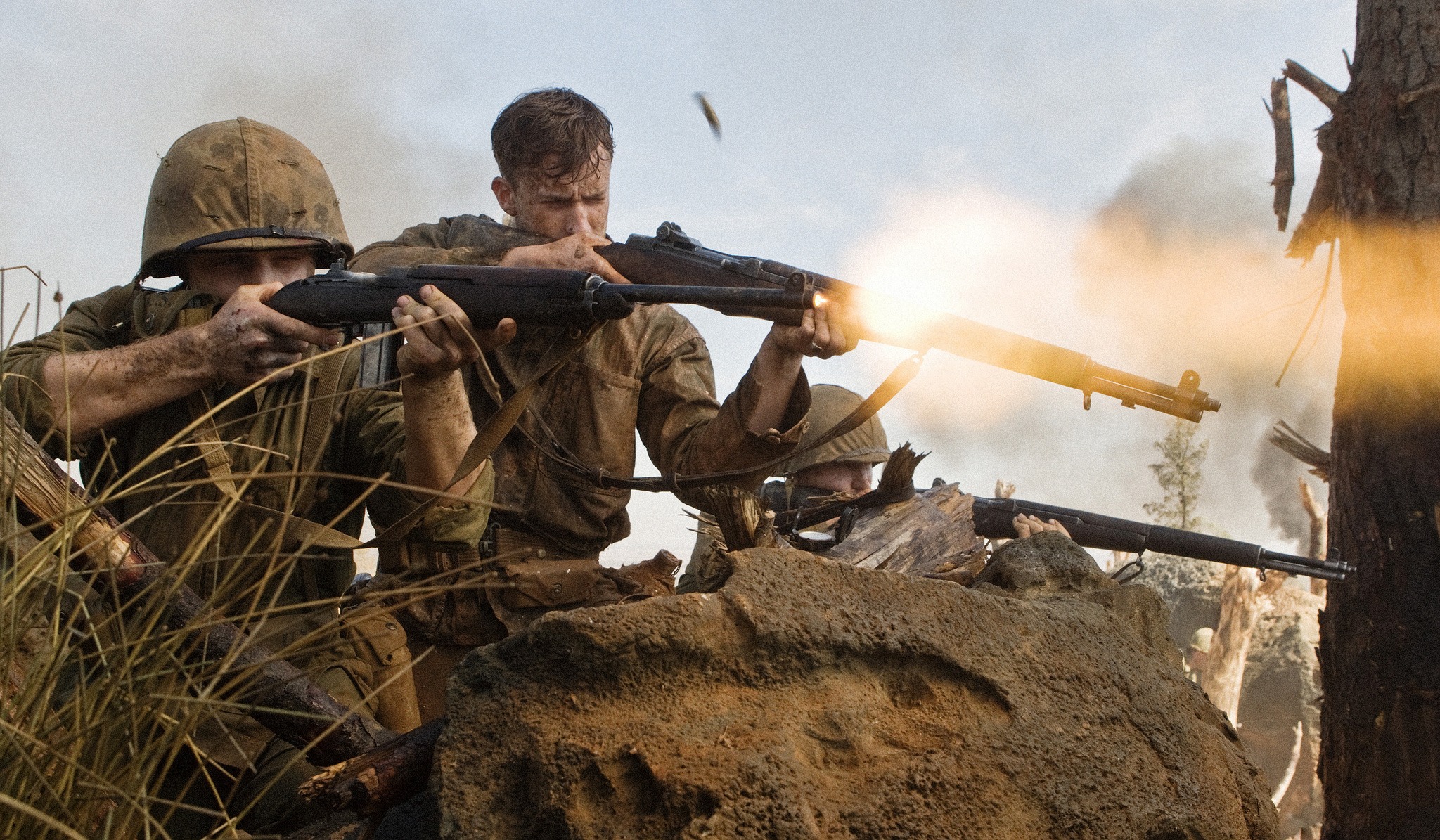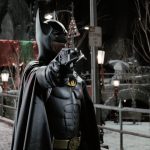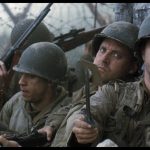“The Pacific” (2010) Miniseries

Produced by Tom Hanks, Steven Spielberg, and Gary Goetzman, “The Pacific” (2010) is a gripping miniseries that chronicles the harrowing experiences of United States Marines during World War II. A companion piece to the critically acclaimed “Band of Brothers,” this series shifts its focus from the European theater to the Pacific theater, offering a poignant and visceral portrayal of the brutal realities faced by American soldiers fighting against Japanese forces.
Spanning ten episodes, “The Pacific” is based on the first-hand accounts of Eugene Sledge, Robert Leckie, and John Basilone, three Marines whose lives are forever changed by their wartime experiences. The series unfolds across multiple campaigns, including the Guadalcanal Campaign, Cape Gloucester, Peleliu, and Okinawa, each setting characterized by its own unique challenges and horrors.

At its core, “The Pacific” is a testament to the resilience and sacrifice of the men who fought in the Pacific theater. The series does not shy away from depicting the physical and psychological toll of combat, showcasing the intense camaraderie forged amidst the chaos of war, as well as the profound moral and ethical dilemmas faced by soldiers on the front lines.
Central to the series is the character development of Eugene Sledge (played by Joseph Mazzello), whose journey from eager young recruit to battle-hardened veteran serves as a poignant exploration of the human cost of war. Sledge’s personal struggle to reconcile the brutalities he witnesses with his own moral compass resonates deeply, offering viewers a visceral insight into the psychological trauma endured by soldiers during wartime.

Robert Leckie (played by James Badge Dale) also plays a pivotal role in the series, his experiences providing a narrative thread that weaves together the diverse perspectives of the Marines. From the initial shock of combat to the relentless grind of island-hopping campaigns, Leckie’s journey is marked by moments of courage, despair, and ultimately, resilience in the face of overwhelming adversity.
The portrayal of combat in “The Pacific” is unflinching and visceral, with the series’ creators striving for historical accuracy in depicting the ferocity of battles such as the grueling assault on Peleliu. The visceral realism of the combat sequences serves not only to immerse viewers in the chaos of battle but also to underscore the sheer brutality and randomness of war.
Thematically, “The Pacific” explores the transformative power of war on individuals and societies, examining how the crucible of combat shapes the identities and beliefs of those who endure it. The series also delves into the broader geopolitical implications of the Pacific theater, highlighting the strategic importance of the region and the global stakes of the conflict.

Beyond its depiction of combat, “The Pacific” is also a meditation on the bonds of brotherhood forged in adversity. The series portrays the deep camaraderie and loyalty shared among the Marines, illustrating how these relationships provide a lifeline amidst the chaos and horror of war. The enduring friendships depicted in the series serve as a testament to the resilience of the human spirit and the capacity for compassion amidst the ravages of conflict.
In conclusion, “The Pacific” (2010) stands as a powerful and poignant tribute to the courage, sacrifice, and resilience of the men who fought in the Pacific theater during World War II. Through its gripping narrative, nuanced characterizations, and unflinching portrayal of the horrors of war, the series honors the legacy of those who served while offering viewers a profound and sobering reflection on the human cost of conflict. As we reflect on the lessons of history, “The Pacific” serves as a reminder of the enduring importance of courage, compassion, and the bonds of brotherhood in the face of adversity.










